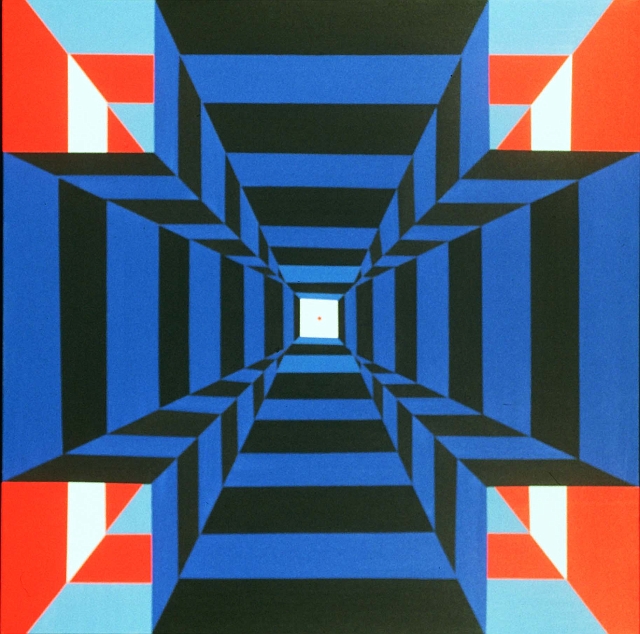|
LITR 4328: American Renaissance |
Model
Assignments |
 |
Alisha Blue
Poetry in the American Renaissance
The use of poetry by Edgar Allen Poe, Walt Whitman, and Emily Dickinson
throughout the entire semester allowed me to further my capacity to recognize
each of them through their specific styles of writing. I enjoyed the consistency
of studying these three prominent writers from the American Renaissance era. At
this point in the semester, it’s evident that their spectrum of writing poetry
varies, with Poe using formal verse, Whitman exploring more free verse, and
Dickinson falling somewhere in between the two. Having three varying forms
helped to solidify the uniqueness of this time period. By specifically focusing
on lyric poems from these three authors, we can identify their style that
separates each from one another, but also see ways in which they relate.
In
Poe’s “The City in the Sea,” we see the traditional form of poetry that consists
of four stanzas with a different rhyme scheme to each. Immediately, by observing
Poe’s content, we recognize this is Poe through his evocation of the gothic.
With Death being personified in the very first line, it’s evident that Poe is
setting the foundation of the poem to be correlated with darkness and ruin.
Phrases like “melancholy waters,” “sculptured ivy and stone flowers,” and
“gaping graves” further Poe’s use of the Gothic that make him easily
identifiable. Further, by Poe excelling in traditional verse and rhyme scheme,
the reader gets a sense of inevitable doom (and fate) of what is to come to the
fictional city in the sea. The form allows for a reading of sing-songy lines in
which can be told like a folktale or story.
Much
like we are able to identify Poe, I feel like Whitman similarly has his own,
personal style of writing poetry. Though it’s free verse, meaning it defies the
traditional rhyme and meter that we’ve seen previously in Poe, Whitman style of
writing is adjusted amongst his themes. For example, in “When I heard the
Learn’d Astronomer,” Whitman uses the same word “when” as a recurring start in
each of the first four lines. This repetition adds to the poem by giving it a
stuffy, monotonous feeling, much like the astronomer’s lecture. By writing this
way, Whitman essentially tries to show how the astronomer’s vigorous
calculations and precise measurements negate the beauty of observing nature on
one’s own. He writes: “Till rising and gliding out, I wander’d off by myself, /
In the mystical moist night-air, and from time to time, / Look’d up in perfect
silence at the stores.” The beauty in Whitman’s writing, and specifically this
poem, portrays the very essence of his style: the need for imperfection in art,
and how to not question it, but appreciate it.
Dickinson explored her own style of writing, falling somewhere between
traditional poetry and innovative form. As we’ve discussed in lectures,
Dickinson was famous for her signature dashes: an outlet for allowing her
freedom of free verse, though often sticking to traditional verse. For example,
in [I heard a Fly Buzz When I Died], she defies confinement to traditional verse
by use of the dashes. Further, her actual rhymes are oftentimes half rhymes,
which also account for her unique style of writing. By experimenting with
freedom of writing, it is also at times easy to identify her writing much like
we can Poe and Whitman.
One important similarity I have gathered from these three poets is their
ability to portray the use of Transcendentalism by Whitman and the Gothic by Poe
and Dickinson. While they often have obvious differences from one another in
regards to their style and content, they still seem to correspond with each
other from this era. By comparing the three in relation to one another, it would
seem that they each can appreciate an often, other-worldly, aspects. Whitman
explores the wonder and beauty of nature, and the apparent need to not question
the order of things. Dickinson, specifically in this poem, alludes to the fly as
a form of horror; an implication of Death. And of course, Poe also emerges his
entire poem into the gothic. Whitman, Poe, and Dickinson each seem to infer the
mystical dimension in their poetry.
Following these three authors for the entire semester has been a
continual learning process. It has been made clearer (every week) how to, not
only identify their writings, but to appreciate the context from the time
period. Their differences, innovation, and personal writing styles continue to
remain canonical, and rightfully so.


